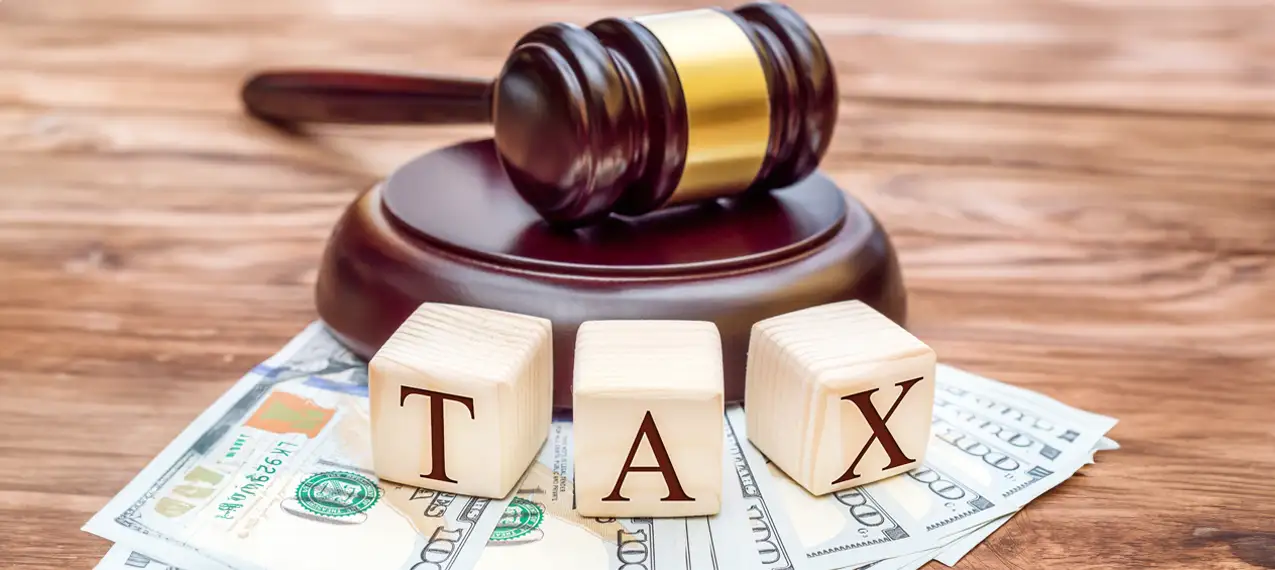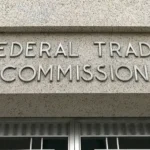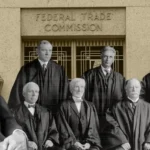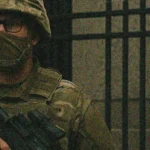
On December 5, I visited the Supreme Court to hear oral arguments in Moore v. United States. Despite the subject of the case being somewhat dry, the line was already long when I arrived at the Court around 4:50 a.m. I sat and waited for nearly four hours as the line grew behind me. Finally, at around 8:45, court staff began distributing tickets. Despite arriving before 5 a.m., I was the 38th of 40 people to be given a ticket in the general admission line. Those with tickets proceeded to the main entrance, where we were screened and let in. We were then directed to lockers to place all of our belongings before being taken upstairs to the courtroom and seated at 9:30 a.m. Oral arguments began at 10:05 a.m.
The arguments appeared to go poorly for the Moores. Justices Kagan, Sotomayor, and Jackson asked a large number of questions and were clearly unconvinced by counsel for the Moores’ distinction of the MRT from other taxes such as Subpart F and Subchapter S, the realization requirement of the Sixteenth Amendment, and other points. Justice Kavanaugh had trouble with some of Mr. Grossman’s arguments, and suggested the only contention with the MRT which he was raising was the retroactivity of the tax. Most concerningly, Justice Alito stated he was concerned with the massive potential impact of ruling in favor of the Moores.
Solicitor General Prelogar argued that Eisner v. Macomber, an early tax case on point, in effect, is essentially irrelevant. General Prelogar faced some intense questioning from Alito who pushed her to explain the impact ruling the Government’s favor would have and from Gorsuch over arguments she raised in the courtroom that were not in her brief. Overall, Prelogar definitely seemed to have swayed Justices Kavanaugh, Brown, Kagan, and Sotomayor, with Justice Barrett leaning that way as well. Only Justices Thomas and Gorsuch appeared solidly in favor of the Moores.
Overall, the experience was very educational, and it was exciting to be able to sit in on the proceedings of such an otherwise mysterious part of the government. It was interesting to see the way each justice takes in oral arguments. Justices Alito and Thomas were far more relaxed, rocking in their chairs and leaning back. By contrast, Justices Gorsuch, Kagan, and Barrett were laser-focused, listening intently to the lawyers.
Final tips for visiting the Court: First, arrive earlier than you feel you need to. I thought that 5:00 a.m. or so would be early enough and nearly missed the cut-off in the line. Other cases are in even higher demand, and the line will fill even faster. While getting up 30 minutes earlier than you expect is necessary might hurt, avoiding standing in line for hours for nothing is more than worth it. Second, dress not only for the occasion, but also for the long wait outside. Standing or sitting for four hours will leave you chilled otherwise. Third, bring a book to pass the time. I spent some time watching a tv show but ran down my phone battery and could not use it the rest of the day until I returned home. Having a book can make the wait more manageable. Finally, take the opportunity to walk around the museum after arguments. There are interesting exhibits and paintings that can increase your knowledge of the history of the Supreme Court.
SUPPORT LANDMARK LEGAL FOUNDATION
We are truly facing existential threats to our individual rights and liberties, the Constitution, and our national character. If unchallenged, this assault on our very way of life will ruin our great nation. With your financial and moral support, Landmark is not going to let that happen without a fight. Will you join us?
JOIN OUR MAILING LIST
Never miss an update from Landmark Legal Foundation as we continue the fight to preserve America’s principles and defend the Constitution from the radical left.
Landmark will NEVER share your contact information and we will not flood your inbox.





